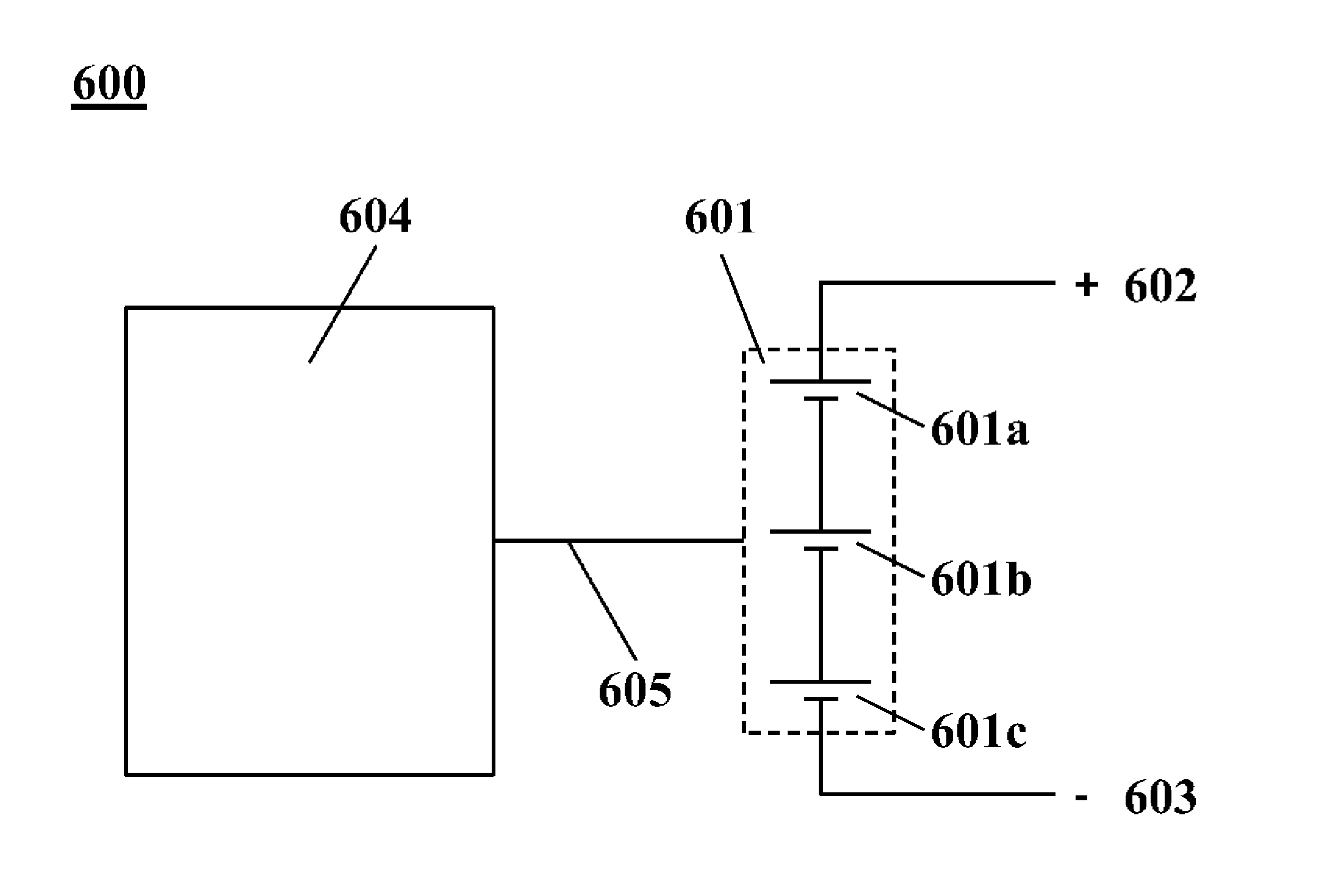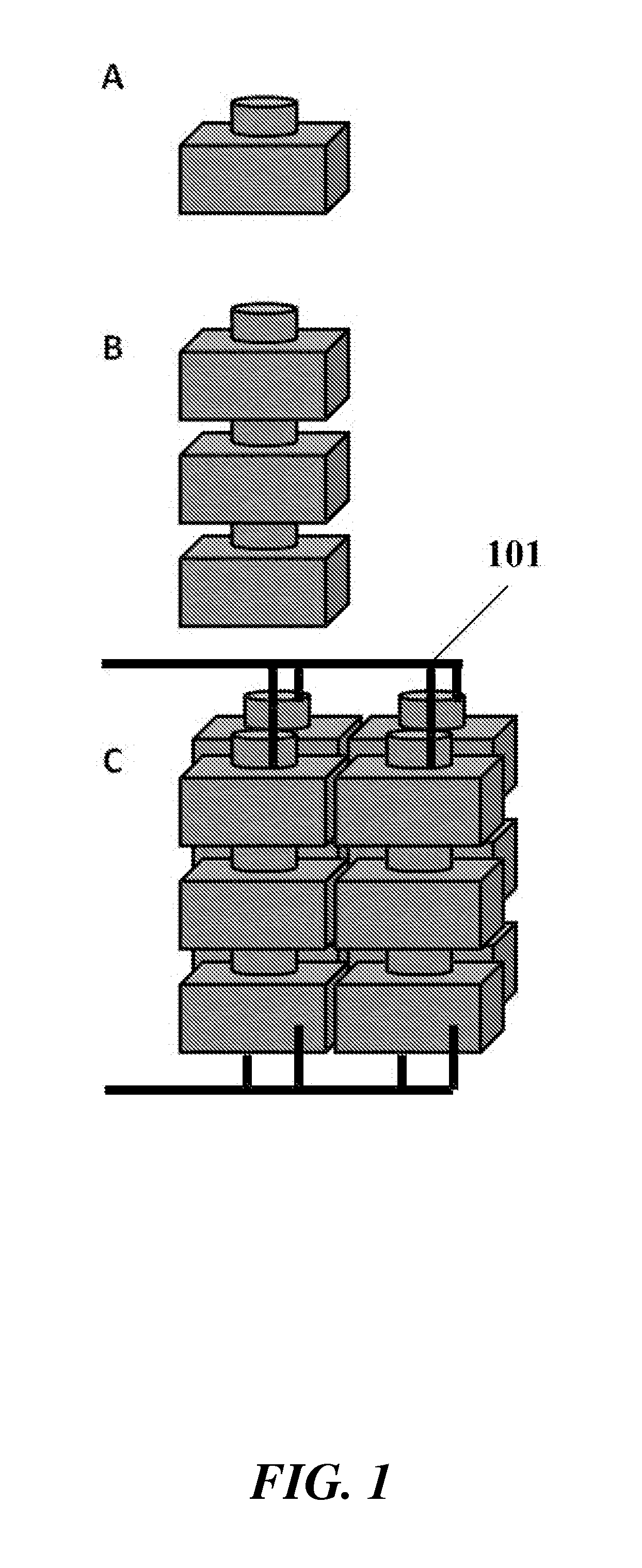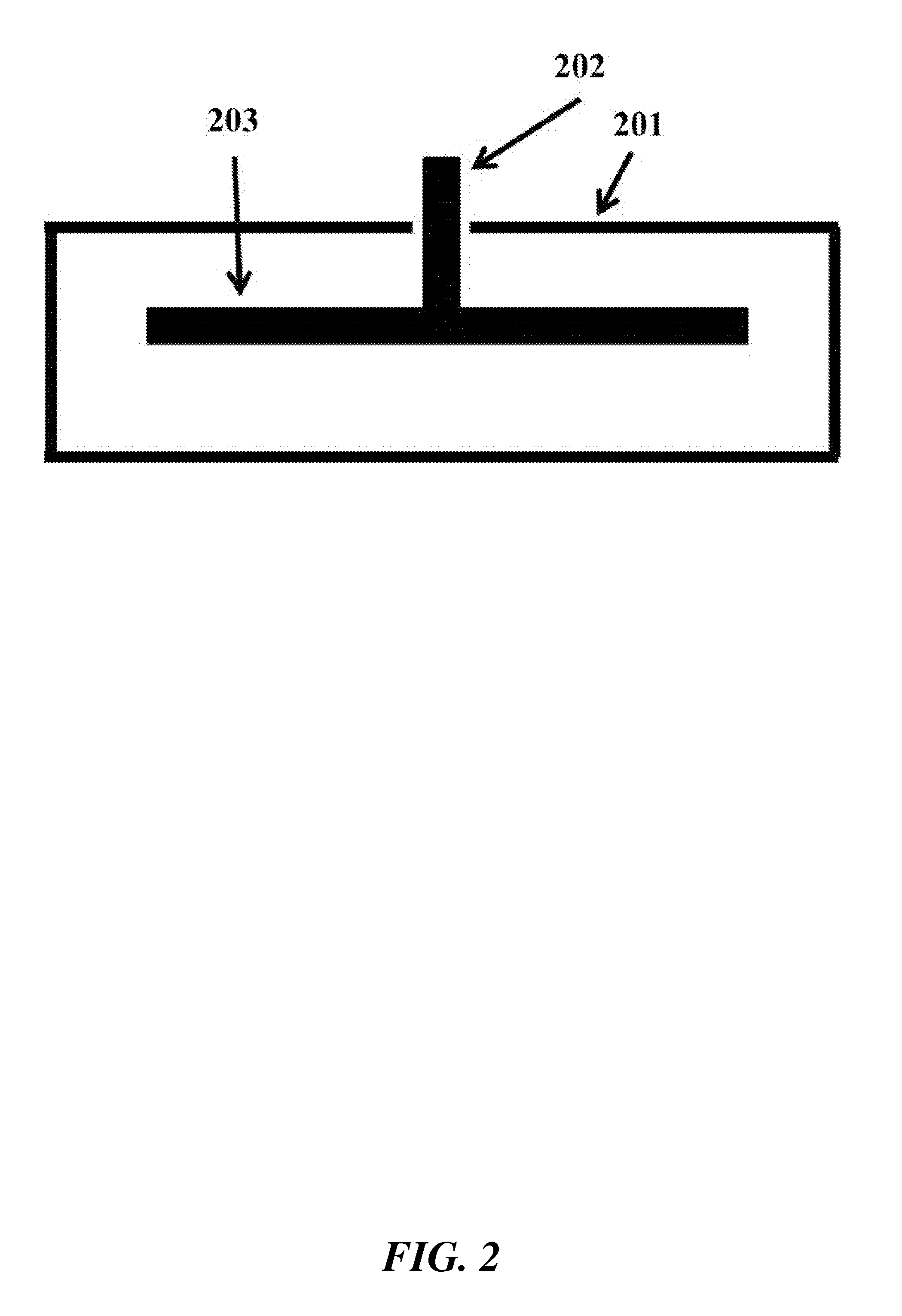Battery management systems for energy storage devices
a technology of energy storage device and management system, which is applied in the field of battery management system for energy storage device, can solve the problems of limited capacity of rechargeable batteries, inability to maintain a given energy density, and inability to use long-term, and achieve the effect of reliable impedance metri
- Summary
- Abstract
- Description
- Claims
- Application Information
AI Technical Summary
Benefits of technology
Problems solved by technology
Method used
Image
Examples
Embodiment Construction
[0043]While various embodiments of the invention have been shown and described herein, it will be obvious to those skilled in the art that such embodiments are provided by way of example only. Numerous variations, changes, and substitutions may occur to those skilled in the art without departing from the invention. It should be understood that various alternatives to the embodiments of the invention described herein may be employed. It shall be understood that different aspects of the invention can be appreciated individually, collectively, or in combination with each other.
[0044]The term “cell,” as used herein, generally refers to an electrochemical cell. A cell can include a negative electrode of material ‘A’ and a positive electrode of material ‘B’, denoted as A∥B. The positive and negative electrodes can be separated by an electrolyte. A cell can also include a housing, one or more current collectors, and a high temperature electrically isolating seal. In some cases, a cell can ...
PUM
| Property | Measurement | Unit |
|---|---|---|
| operating temperature | aaaaa | aaaaa |
| operating temperature | aaaaa | aaaaa |
| operating temperature | aaaaa | aaaaa |
Abstract
Description
Claims
Application Information
 Login to View More
Login to View More - R&D
- Intellectual Property
- Life Sciences
- Materials
- Tech Scout
- Unparalleled Data Quality
- Higher Quality Content
- 60% Fewer Hallucinations
Browse by: Latest US Patents, China's latest patents, Technical Efficacy Thesaurus, Application Domain, Technology Topic, Popular Technical Reports.
© 2025 PatSnap. All rights reserved.Legal|Privacy policy|Modern Slavery Act Transparency Statement|Sitemap|About US| Contact US: help@patsnap.com



